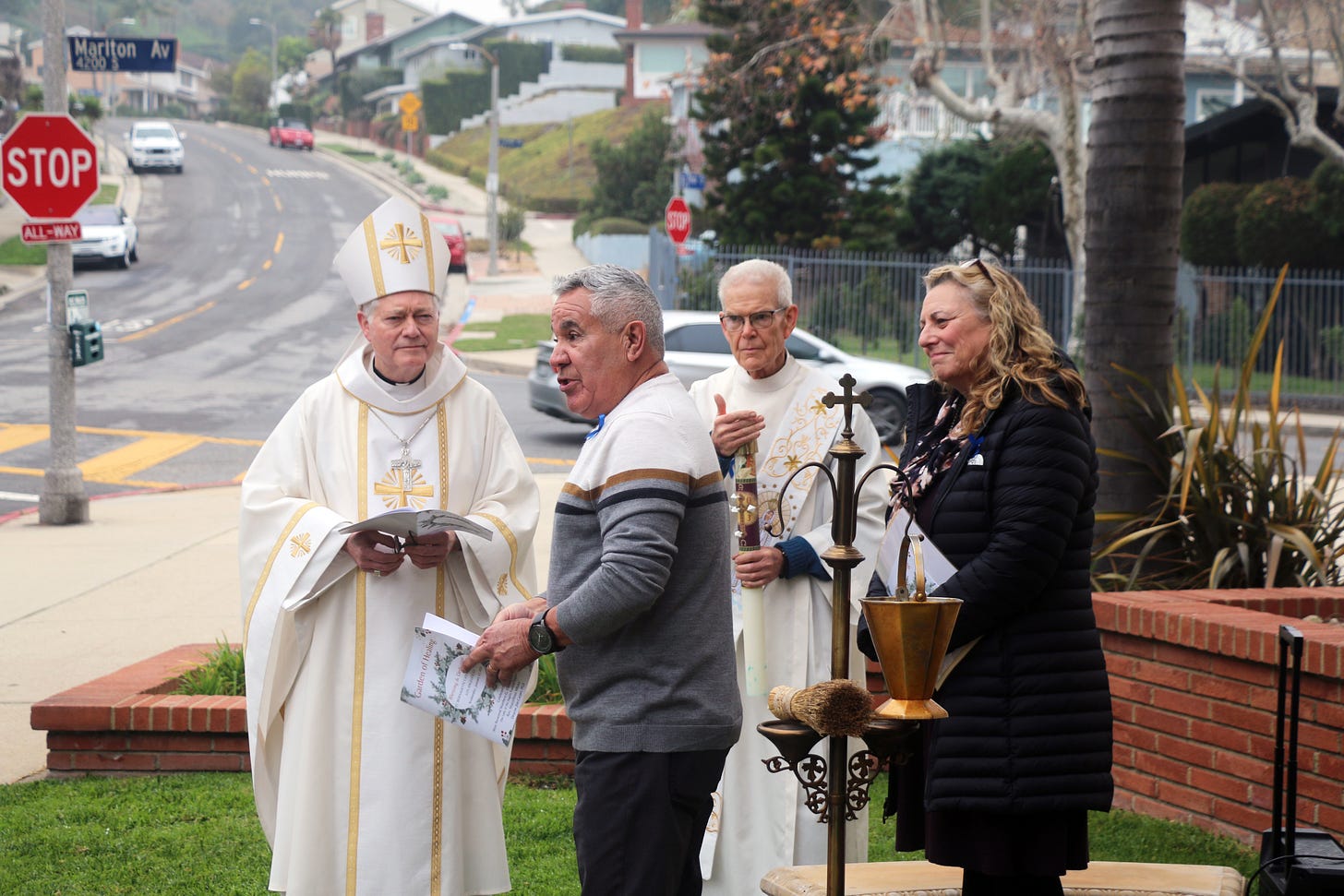In LA, Gardens of Healing help abuse survivors reconnect with the Church
"I saw how beautiful it was, and I really felt the sincerity of the Church — that they really want to make this right."
The Archdiocese of Los Angeles last month dedicated a new “Garden of Healing” at LA’s St. Bernadette Catholic Church.

The garden is dedicated to victim-survivors of sexual abuse. It aims to be a safe space to offer some measure of peace and heali…
